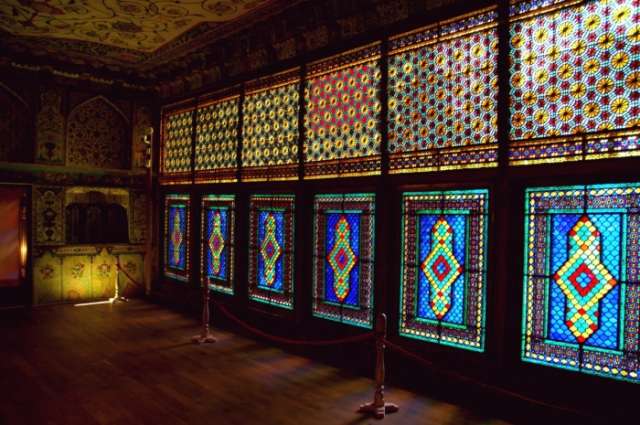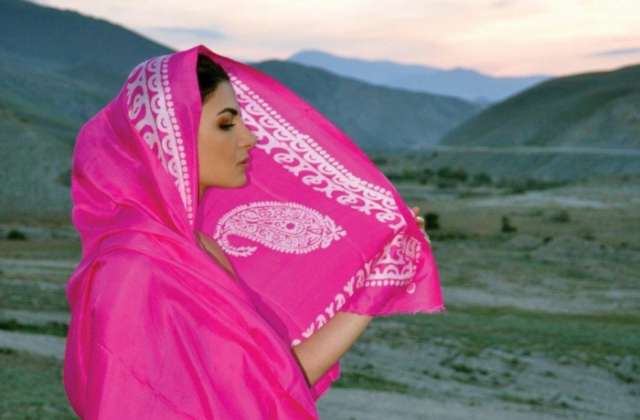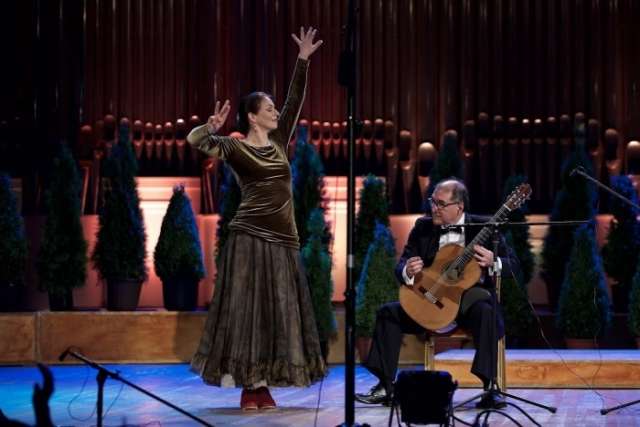“Two years of joint hard work resulted in recognizing Sheki as UNESCO Creative City for Crafts and Folk Art. Congratulations!”, Ambassador Anar Karimov, Azerbaijan’s Permanent Delegate to UNESCO, announced via his Twitter feed on Wednesday.
UNESCO launched the Creative Cities Network project in 2004, which is aimed at promoting and developing cooperation among cities by identifying creativity found within and viewing it as a major factor in their urban development.
Roughly 68,000 people reside in Sheki, a city that is located roughly 350 km (218 mi) from Azerbaijan’s capital city Baku and is situated at the base of the Greater Caucasus mountain range. Archeological discoveries indicate it was founded sometime in the fifth or sixth century AD.
The city had been one of the largest in what was once known as Caucasian Albania, an ancient state unrelated to the modern-day Eastern European country of the same name, which existed in the territory of Azerbaijan as early as the 4th century BC.
While Sheki is home to magnificent historical sites, such as the 18th century Khan’s Palace a Caravanserai, UNESCO decided this year to recognize the city for its crafts and folk art.
Glass glazing is one such art form that is used for a wide range of products and items, including windows. The Khan’s Palace, build fully from a wooden frame without using a single nail, is decorated with the colored glass for which the city has become known. Masters in Sheki claim that glazing requires a deep knowledge of geometry, as well as accurate and precise mathematical and drawing skills, as measurements off by just one millimeter could result in a project’s failure.

Glass glazing in Khan's Palace, Sheki, Azerbaijan.
Kelagayi is another craft that caught the eye of UNESCO when it put Sheki on its Creative Cities Network list. Also known as chargat, the four-cornered headscarf is considered a symbol of modesty, respect and devotion, and worn by women across Azerbaijan. Kelagayi have a particular connection with Sheki because the city’s silk was once used for sewing them in different regions across the country.

Kelagayi, traditional headscarf considered as a symbol of modesty, respect and devotion and worn by women across Azerbaijan.
Today, the Sheki Silk manufacturing plant churns out numerous examples of kelagayi, such as Shah Buta, Saya Buta and Heyrati. The production and wearing of kelagayi were included in the list of intangible cultural heritage UNESCO in 2014.
For its part, Kazakhstan’s southeastern city of Almaty has had a proven track record of artistic talent as well. Since 2015, it has played host to an international classical music festival called “Forte Music Fest,” the last of which took place from May 25-28 of this year at the Great Hall of the Kurmangazy National Conservatory.

Since 2015, the southeastern Almaty city of Kazakhstan has been playing host to International Classical Music Festival “Forte Music Fest” / Youtube
Renowned virtuosos, concert soloists and accompanists from orchestras across Kazakhstan, Germany, Venezuela, Romania, Georgia, Ireland, Russia, Greece, the U.S., Ukraine, Estonia and Colombia gave master classes as part of this year’s festival, at the Ikhlas Museum of Musical Instruments in Almaty.
Earlier this month, the city hosted “I’m A Singer,” an international vocal competition reminiscent of the “Eurovision Song Contest” and “American Idol.” The project’s main goal is to promote modern Kazakh culture abroad and boost Almaty’s tourism. The contest is being broadcast on TV channels across Russia, China, Kyrgyzstan and Uzbekistan, and is expected to reach an audience of more than 250 million.
The original article was published in Caspian News.
More about: #Azerbaijan #Shaki
















































